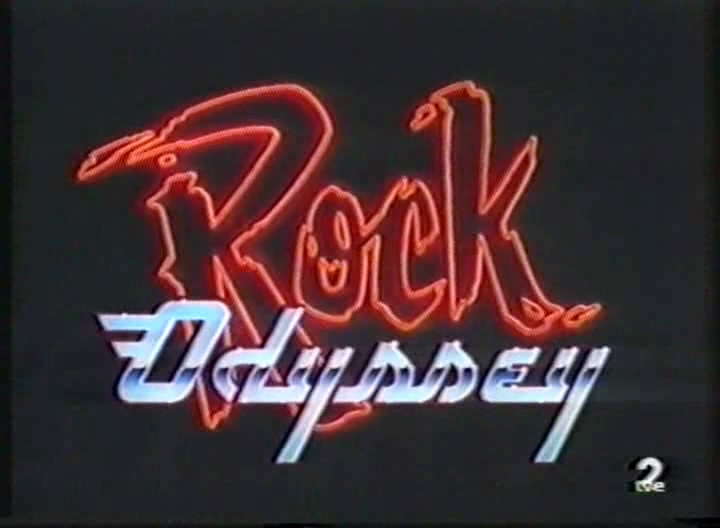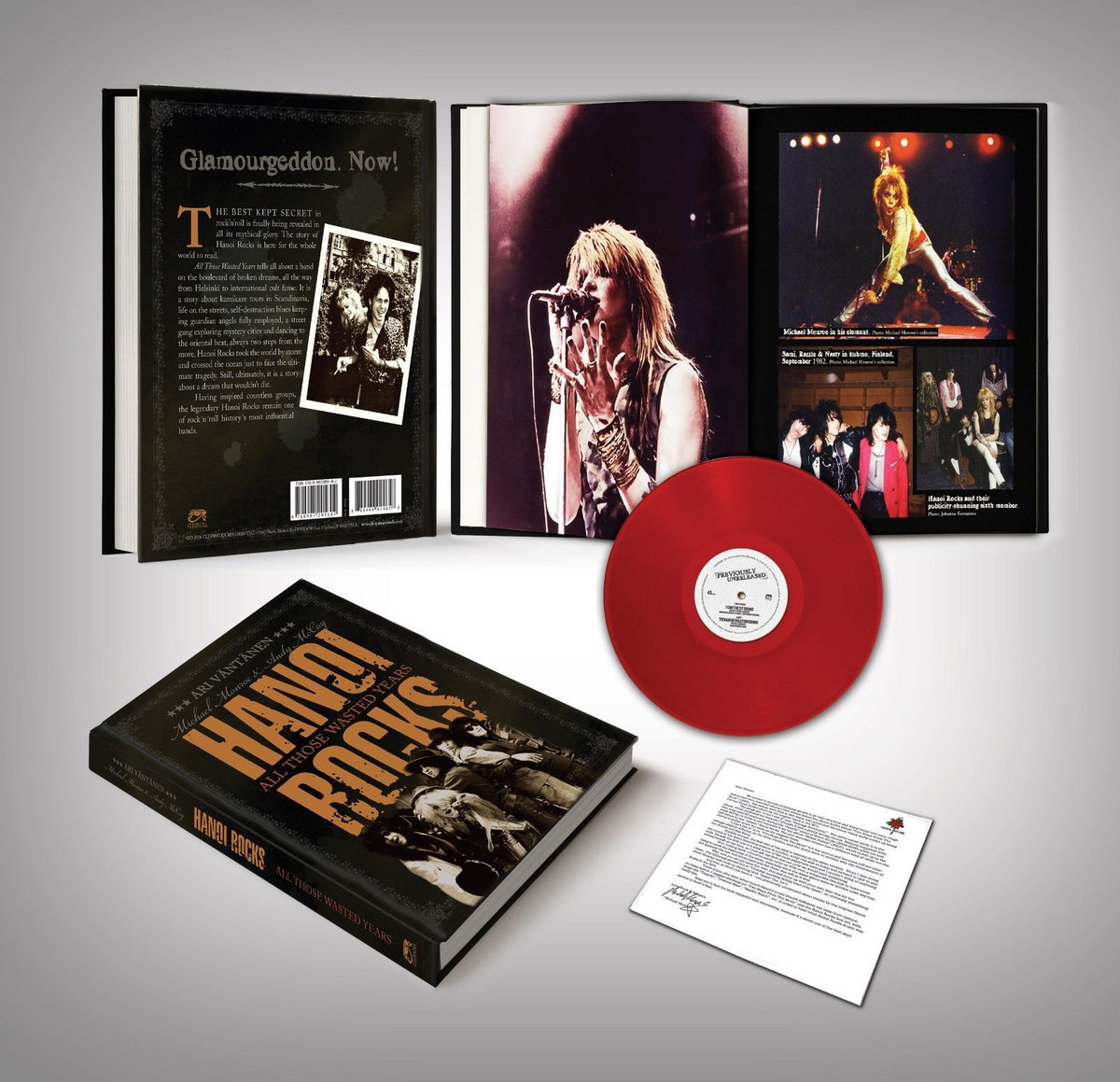

“Where did all these people go?” is the question Quirk asks. Really, glam metal’s meteoric rise throughout the ’80s is due in part to the fans on the ground and those who wrote for the lively subculture of metal mags – Kerrang!, Metal Hammer, Raw Power – who doggedly cultivated their audience.
#TRUE STORY OF HANOI ROCKS TV#
Aside from the odd Bon Jovi song, they were never played on daytime radio, they weren’t on TV outside of MTV or specialist late night shows,” Justin says. “These bands were selling out Wembley stadium. It becomes even more astonishing once you realise how little publicity went on for such groups. True enough, Bon Jovi’s Slippery When Wet and Poison Look What the Cat Dragged In were snapping at the heels of Bono’s pre-kinky boots in 1987. But the numbers don’t lie: “there’s a week in the American Billboard charts where U2’s The Joshua Tree is at number one, and numbers two through ten are all glam metal albums.” “You never hear anybody saying, ‘you know what, I was massively into Helloween,’” Justin says. Even fewer are willing to admit that they stood in line to buy it. Few care to recall that Guns N’ Roses’ ornate, bloated Use Your Illusion I sold well over twice as many copies as Nevermind in its first week.

Seismic shifts in early ’90s rock music are largely remembered as the sole reserve of the grunge vanguard Kurt Cobain warbling a faux-operatic whale song as he begrudgingly performs to a backing track of ‘Smells Like Teen Spirit’ on Top of the Pops.

He continues: “Under all the rebel outsider trappings, this was 100%, down the line, nailed-on, mainstream pop music.” As much as his book Nothin’ But A Good Time: The Spectacular Rise and Fall of Glam Metal contains traces of his own affection for the genre taste forgot, it primarily serves as a deep dive into its history from the scrappy days of British glam to the supersized stadium juggernauts of its heyday, and a critical overhaul thereof.

“Glam metal was way bigger than you think,” he says. “I bet they were a sight better than the real thing,” says journalist and writer Justin Quirk.ĭespite having spent his early teens listening to the likes of Ratt and Dokken in metropolitan West London, Quirk nevertheless understands the appeal, and is likewise baffled at the wider culture’s oversight. The first proper gig I can recall was seeing a GnR tribute act in Narberth’s Queen’s Hall (“Pembrokeshires number 1 hall and conference venue,” the site reads). Mostly disregarded by critics as a blip in popular music, the belt/spandex combos, health and safety-defying pyrotechnics and acrobatic riffs of Poison and Def Leppard were nonetheless a gateway drug to the heavier stuff for many a stroppy pre-teen here. More curious than the prevalence of Metallica, KoЯn or Slipknot in these towns was the underlying influence of glam metal. Growing up in this sleepy corner of the UK, even the most provincial pub felt like a metal bar places of debauchery – sonic, if not actual – that thundered from behind closed doors. Head into any pub with a pool table and a jukebox worth its salt in South West Wales and you’re likely to hear a Guns N’ Roses tune before the first break.


 0 kommentar(er)
0 kommentar(er)
